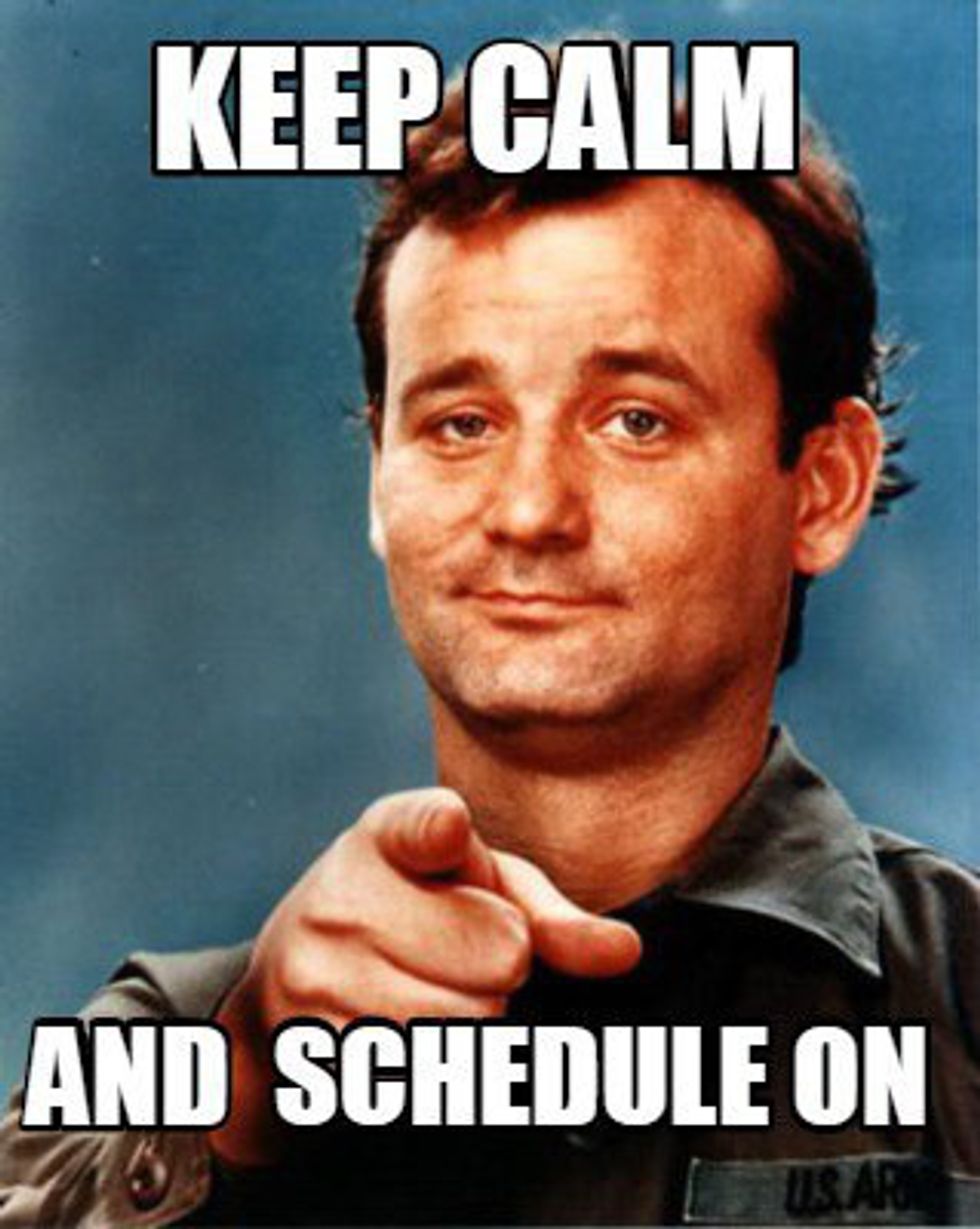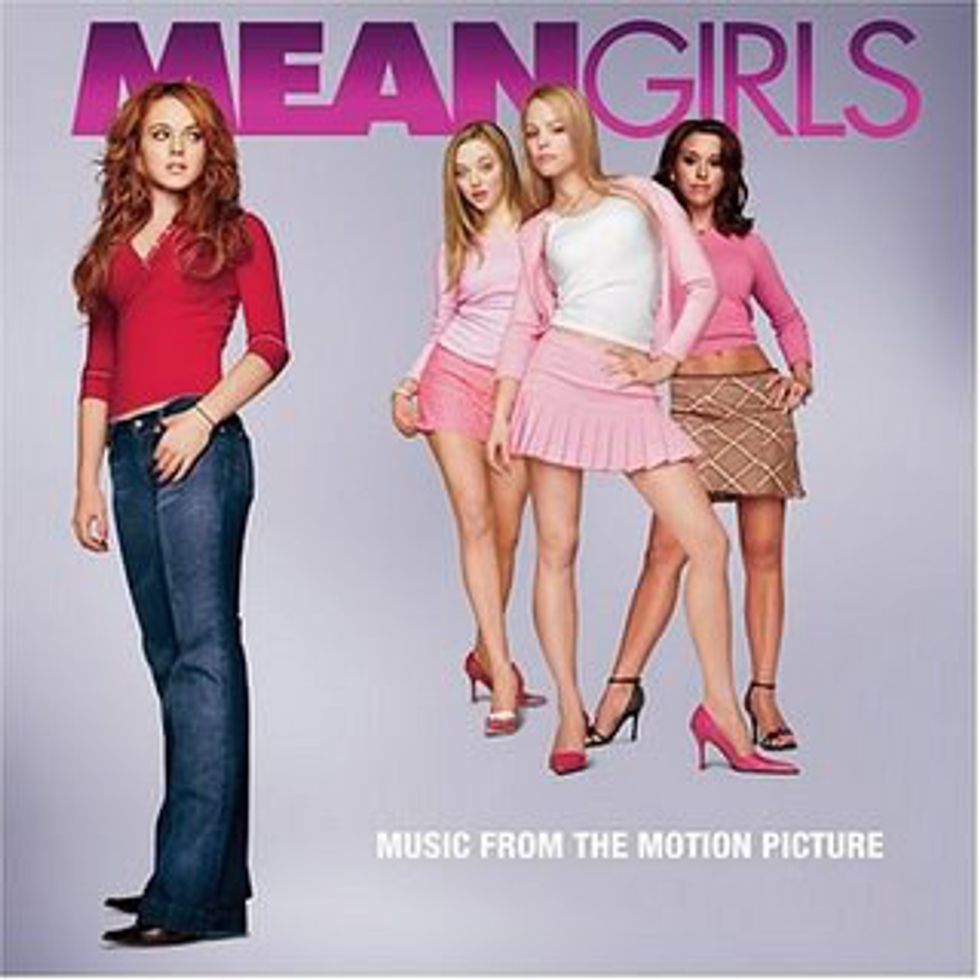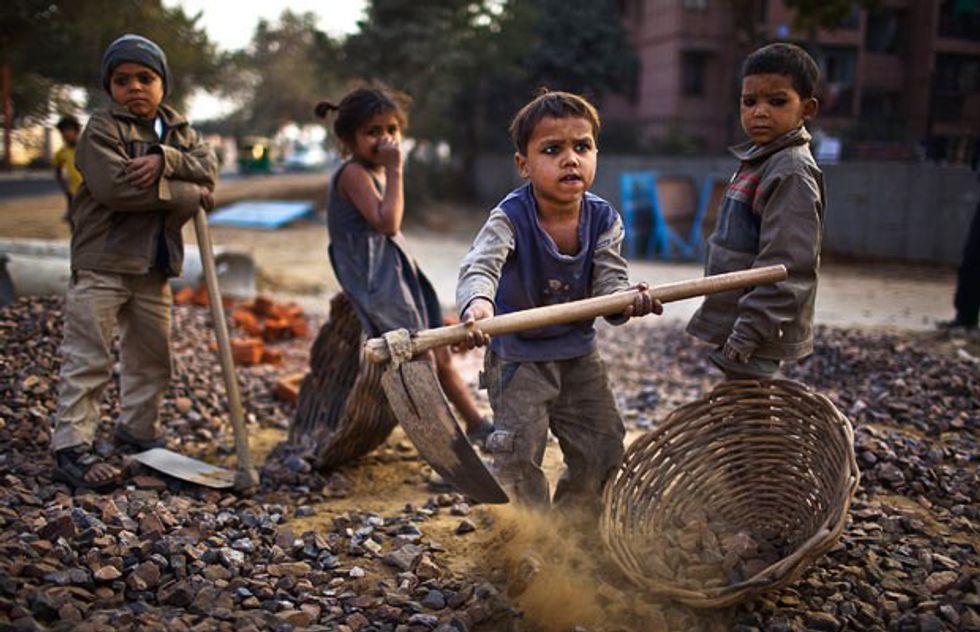When I was 5 years old, my mother and stepfather drove my three older siblings and me across the country as we relocated to the quaint town of Brunswick, Maine, after living in Southern California for years. I barely remember any of this trip. The only thing I do remember is getting an American Girl doll before we left because my parents hoped that would preoccupy me on the 12-day, 3,000 mile drive we had ahead of us. The other component that I remember is that my parents navigated their way across 3,000 miles without an app. They used good old paper maps their entire way across the country and printed out MapQuest sheets here and there. They didn’t have Siri giving them step-by-step instructions and telling them exactly how long the drive would be and what side streets they could take if bumper-to-bumper traffic would cause a two-hour delay. Yet somehow, after nearly two weeks of travel and stopping at famous landmarks across the way, we made it to Maine.
Today, this trip would be far different. First and foremost, I wouldn’t be given an American Girl doll to occupy my time; I would probably pass an iPad back and forth with my siblings. Second, I have no doubt in my mind that my ex-Naval officer stepfather would not dictate the navigation of our journey; rather, Siri’s monotonous tone would ring through the stale air of the car every 50 miles.
Fifteen years later, I am a licensed driver with my own car and many, many journeys to be made. While I do pride myself on my sense of direction (and I don’t pride myself on much), I rely far too heavily on navigation apps to get me from Point A to Point B. This summer, I am living in Los Angeles, where traffic is about as common as gum on the sidewalk. Even motorcycles are delayed as they attempt to weave their way through cars packed bumper to bumper on the major California freeways. I’ve turned to Google Maps and Waze to help me get from downtown to Hollywood in under 20 minutes during rush hour and, usually, they don’t fail me. But recently, a major issue in the route they give me has come to my attention.
The other day, I had to go downtown for work. Driving to and from downtown Los Angeles is, without a doubt, the most stressful, unnerving driving experience anyone could ever have. I am sure that even Uber drivers would prefer to never grace the numerous one-way streets that Los Angeles has to offer. Nevertheless, as I prepared to make my way downtown, I opened up Waze to get there in optimal time. Waze is an app that uses side streets as a way to avoid traffic. In theory, this is a fantastic idea. Rather than contribute to congestion on the freeway, send cars into less populated terrain. But therein lies the issues. These streets are less populated, and the residents of these neighborhoods aren’t used to a steady influx of traffic.
My parents live in a small town in Northern California and are greatly affected by this end of the problem. They live two blocks from downtown. Typically, downtown traffic is no great affair. Recently, however, because of navigation apps sending people through suburban streets to avoid the summer freeway traffic, Main Street has been so backed up that emergency vehicles couldn’t even get through. Not only that, but it’s become unsafe for dogs to play in front yards because the risk of one of them wandering out into the street and a motorist, unfamiliar with the residential nature of the neighborhood and the speed limit, might come whipping down the road and hit them. Sure, we all went to get to where we’re going as fast as humanly possible, but I feel that when your personal convenience inconveniences others to the point that their day-to-day lives are disturbed, you’ve crossed the line.
I’m not saying I’ll never use a navigation app again. They help me immensely when I’m running a bit behind, which is common, considering that I’d a 20-year-old girl who sometimes feels that the quality of her eyebrows matters more than a curfew. Hearing my parents’ and neighbors’ woes, however, has had me wondering if it would better serve to leave 20 minutes earlier and sit in traffic than disrupt peoples’ lives with the roar of my engine.








 Photo by
Photo by  Photo by
Photo by  Photo by
Photo by 



















